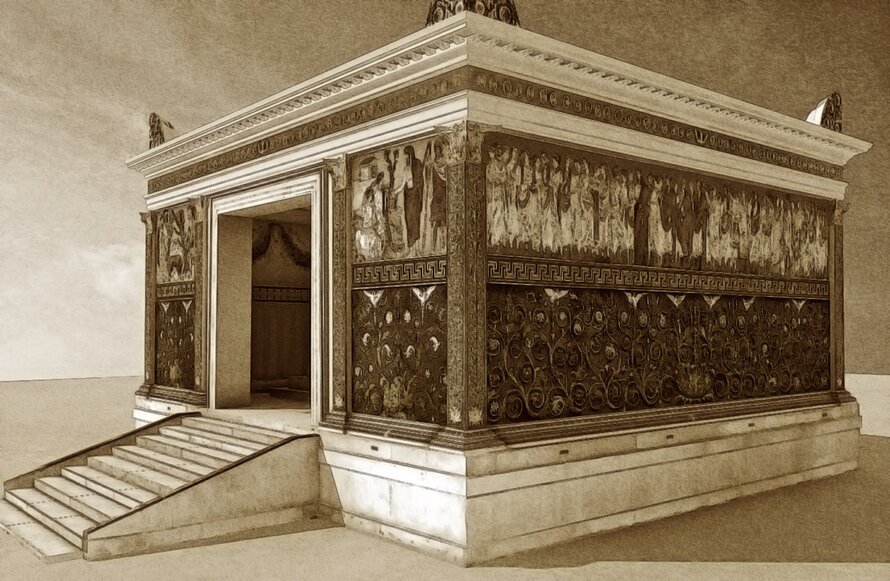The Augustus Botanical Code Ara Pacis, Rome
The study analyses the botanical composition of the external fence of Ara Pacis (1. century BC, Rome, Italy), built to celebrate the Augustus's return from expedition in Gaul and Spain, whishing for a new peaceful age.
Read more
Project details
| Title: | The Augustus Botanical Code Ara Pacis, Rome |
|---|---|
| Entr. year: | 2012 |
| Result: | Grand Prix |
| Country: | Italy |
| Category type: | scientific publication |
| Building type/ Project type: | works of art |
| The Jury's citation: | "The Jury was impressed with the fine interdisciplinary research displayed and the exceptional quality of the publication. The dual text (Italian and English) allows the work to be read and appreciated widely. The Ara Pacis in Rome was erected to celebrate the return of Augustus in 13 BC from an expedition. The carvings include a wonderful ornate array of flora and fauna which, as the author argues, were accurately observed in the countryside and are not merely decoration but have symbolic meaning promising rebirth and a new era" |
Description:
The study analyses the botanical composition of the external fence of Ara Pacis (1. century BC, Rome, Italy), built to celebrate the Augustus's return from expedition in Gaul and Spain, whishing for a new peaceful age.
Similar projects
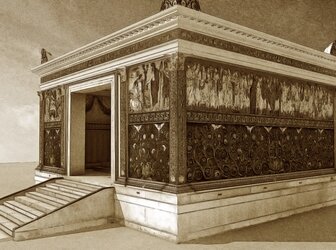
RESEARCH
The Augustus Botanical Code Ara Pacis, Rome
Italy

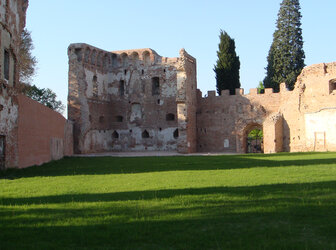
RESEARCH
The Tempesta' s fortress: first and second restotation…
Italy
13th century
13th century
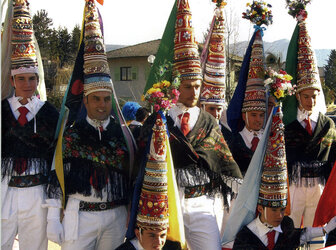
RESEARCH
Carnival King of Europe
Italy

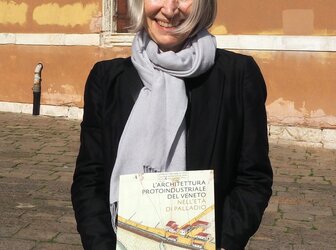
RESEARCH
Proto-Industrial Architecture of the Veneto in the Age of…
Italy

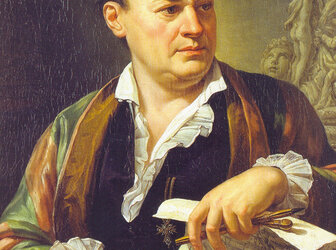
RESEARCH
Museum Piranesi
Italy

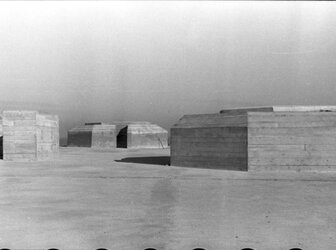
RESEARCH
The Atlantic Wall Linear Museum
Italy


RESEARCH
Gobal climate change impact on built heritage and cultural…
Italy

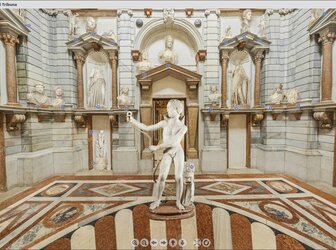
RESEARCH
Wonders of Venice: Virtual online treasures in St. Mark’s…
Italy

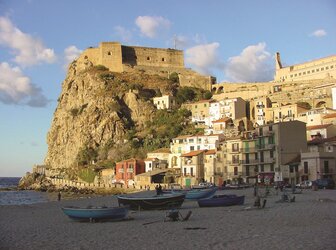
RESEARCH
Culture and the Development of the Territory - Cultura e…
Italy


RESEARCH
Safeguarding of Sicilian Puppet Theatre
Italy


RESEARCH
Granaries of Memory in Bra
Italy


RESEARCH
L'Arno Racconta (The Arno river tells)
Italy

